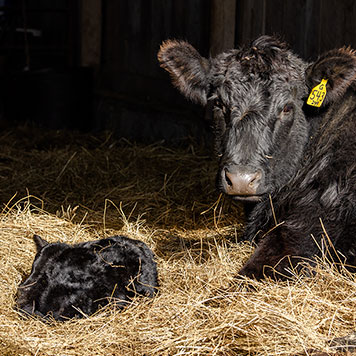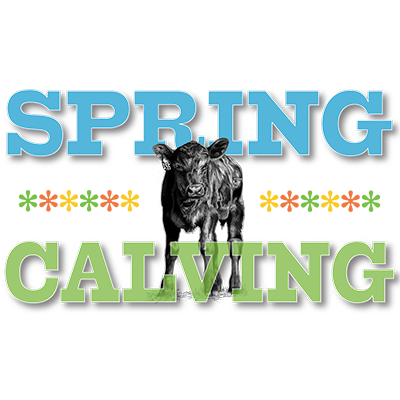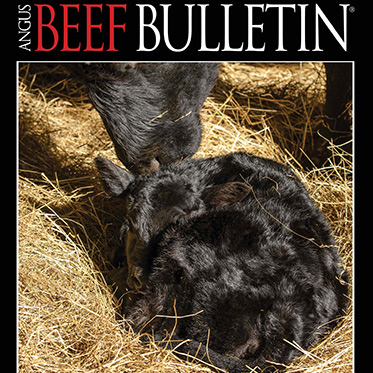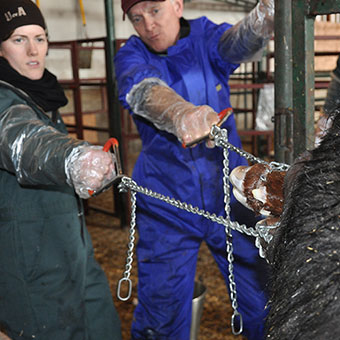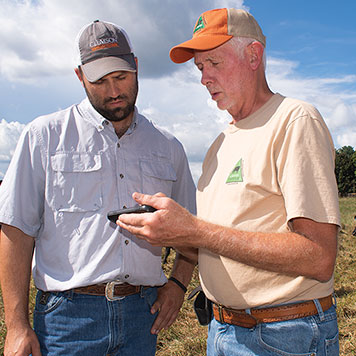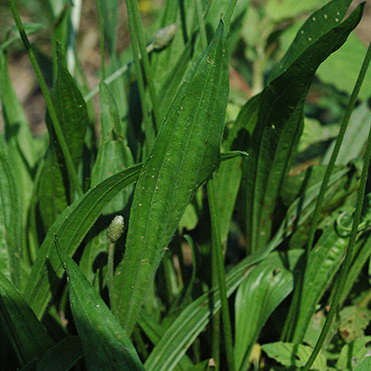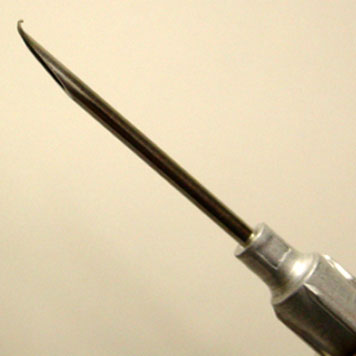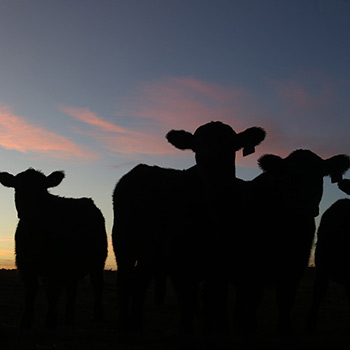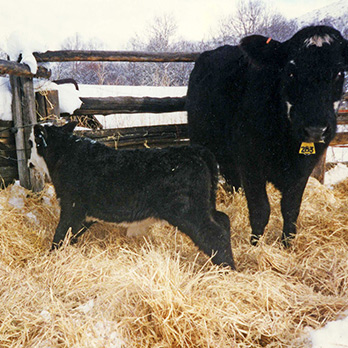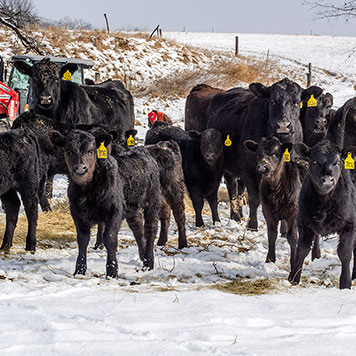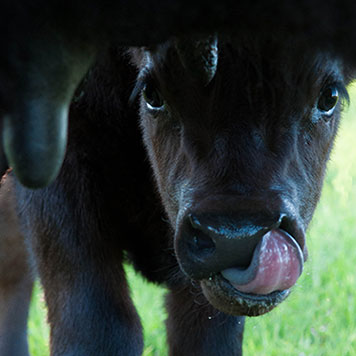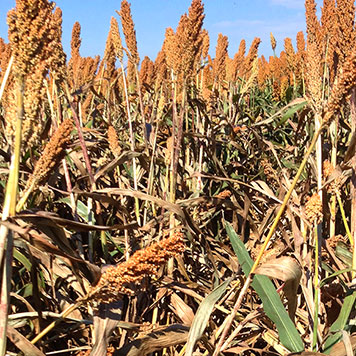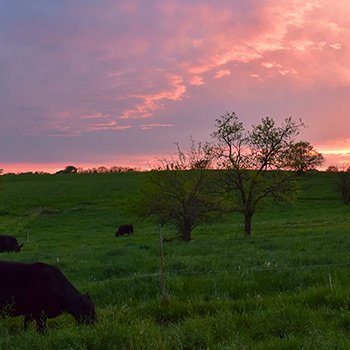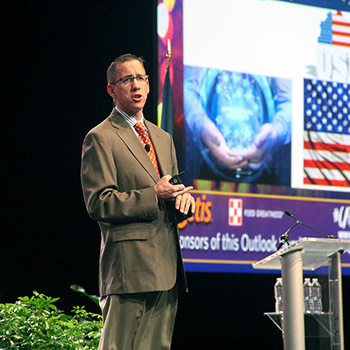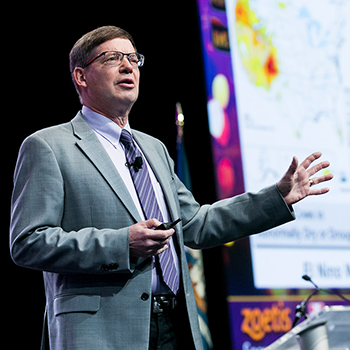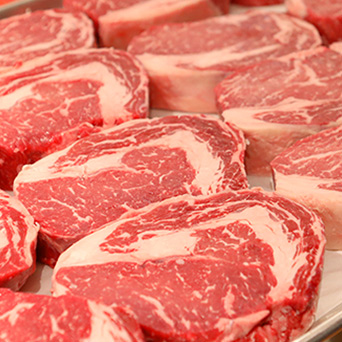2019 Weather Outlook
Art Douglas explains what weakening El Niño means for ranchers across the country.
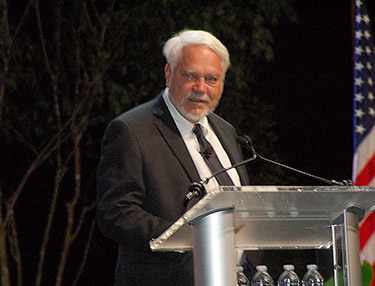 |
Looking far into the future, Douglas noted how the Earth’s north magnetic pole has been gradually moving away from Canada and toward Siberia. The pole’s creep has been underway for 20 years or so, and could be related to a shift northward of the planet’s major cold region. |
Favorable range conditions across many parts of the U.S. cattle industry have been influenced by what Art Douglas calls “a classic El Niño weather pattern.” A year ago, the Creighton University professor emeritus of atmospheric science predicted the coming of El Niño, which is characterized by warm sea surface temperatures in the central equatorial Pacific. Douglas again shared his long-range forecast at the CattleFax Industry Outlook Seminar, hosted during the 2019 Cattle Industry Convention in New Orleans, La. This time, Douglas told attendees that El Niño shows signs of weakening.
El Niño is credited for wetter-than-average conditions in large portions of the United States, especially in states along the Gulf of Mexico and to a lesser degree in California and the Southwest. At the same time, drier conditions often are observed in the Pacific Northwest and the Rocky Mountains.
“It’s not going away soon,” stated Douglas, explaining that El Niño will continue to influence weather conditions for the remainder of winter and through the spring. However, El Niño appears to have peaked, with a slow cooling of Pacific waters now beginning.
For the near term, Douglas predicted a chilly February, followed by a mild spring across much of cattle country. The southern tier of states could see a wetter-than-average spring, with drier conditions in the East. He expects warm and drier conditions in the Corn Belt.
“I don’t mean drought conditions, but it won’t be wet. There should be no planting delay,” explained Douglas.
The forecast favors an active monsoon season in the Southwest and increased moisture in previously dry portions of the Northwest. Summer’s weather will depend on how quickly El Niño fades.
Looking far into the future, Douglas noted how the Earth’s north magnetic pole has been gradually moving away from Canada and toward Siberia. The pole’s creep has been underway for 20 years or so, and could be related to a shift northward of the planet’s major cold region.
“If anything,” opined Douglas, “it’s a good thing.”
Editor’s note: Troy Smith is a cattleman and freelance writer from Sargent, Neb.
